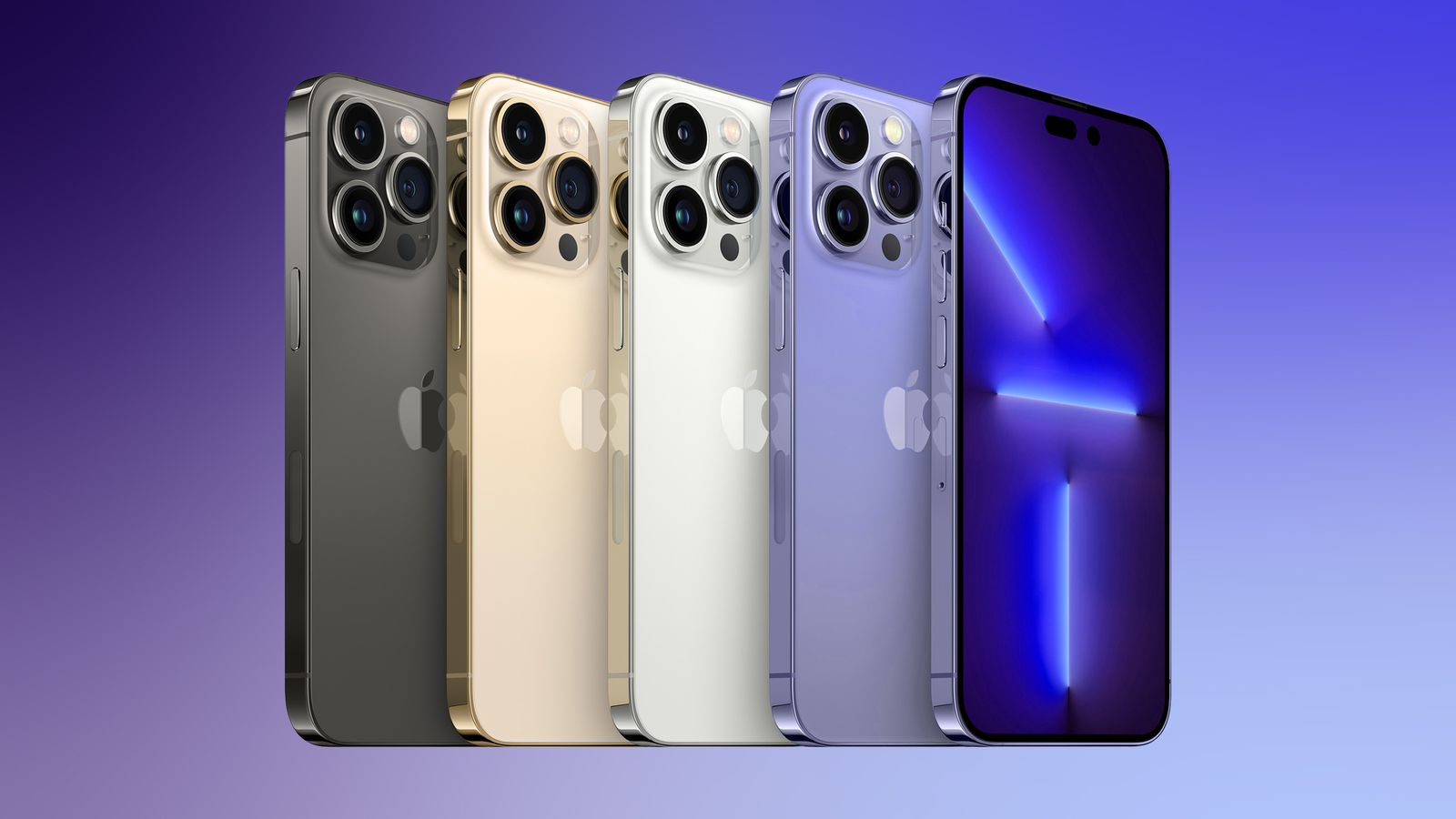From all the game-changing technologies waiting for us just around the corner, AR and VR are possibly the most exciting. It would not be disproportionate stating these tools will change our everyday lives as drastically throughout the upcoming decade as smartphones did during the previous.
But what are we exactly looking at, and how exactly will these technologies add new and interesting layers to our modern lifestyles and interpersonal communication? Read on for an overview of the new and improved realities ahead.
AR and VR Explained in a Nutshell
To begin with, it might be worth to clarify how exactly AR (augmented reality) and VR (virtual reality) relate to one another. While they can often be complimentary, AR and VR are essentially going in different directions: AR involves adding layers of information to the real world, thus augmenting the scope of our perception. VR hinges on altogether conjuring immersive virtual worlds separate from physical reality, but possibly sourcing information from it.
We already have several useful apps drawing from AR technology, such as when you point to a monument to instantly see information about its origins or when you’re out trying to catch loveable pocket monsters on the go. An even better example would be the well-known Google Glass project, which ambitiously tried to provide a comprehensive framework for everyday AR that feeds us with useful and relevant information streams out of thin air.
When it comes to VR, it’s been a while since we’ve had virtual worlds where people can take up second lives and adopt fictional personae as well as chatting with real world acquaintances while exploring computer generated realities. But now we’re looking at the rise of new gadgets such as the Oculus Rift, Sony’s Project Morpheus, or HTC Hive – which allow us to fully immerse in such worlds. This is where things are really getting exciting, and the boundaries between real and virtual will gradually begin to blur!
How Smartphones Perfectly Bridge the Gap between AR and VR
At this point, you should be clear on our communication styles will shape up through the development of AR and VR. What might not yet be fully clear is why our smartphones hold such a tremendous potential of becoming universal portals between our augmented everyday realities and the ever refining virtual realities:
By design, smartphones already are the most logical tools to use for exploring augmented reality – thanks to their built-in cameras, absolute mobility, and widely prolific application ecosystems. With a little add-on, any smartphone can further evolve into a fully functional VR headset, thanks to its multi-core processing power and high-definition screen. This concept was beautifully demonstrated in the Google Cardboard project, and the upcoming commercial grade smartphone-to-headset devices will surely raise the bar to outstanding levels.
It shouldn’t take long until smartphones become so powerful they altogether make bulkier computers obsolete, and coupled with a VR extension they will deliver bigger, better and more immersive video experiences than any conventional display can possibly do, no matter how large or how pricey. These are very exciting times to live in, and we have much to look forward as our everyday realities become augmented and virtualized. Are you looking forward to an augmented virtual future?













